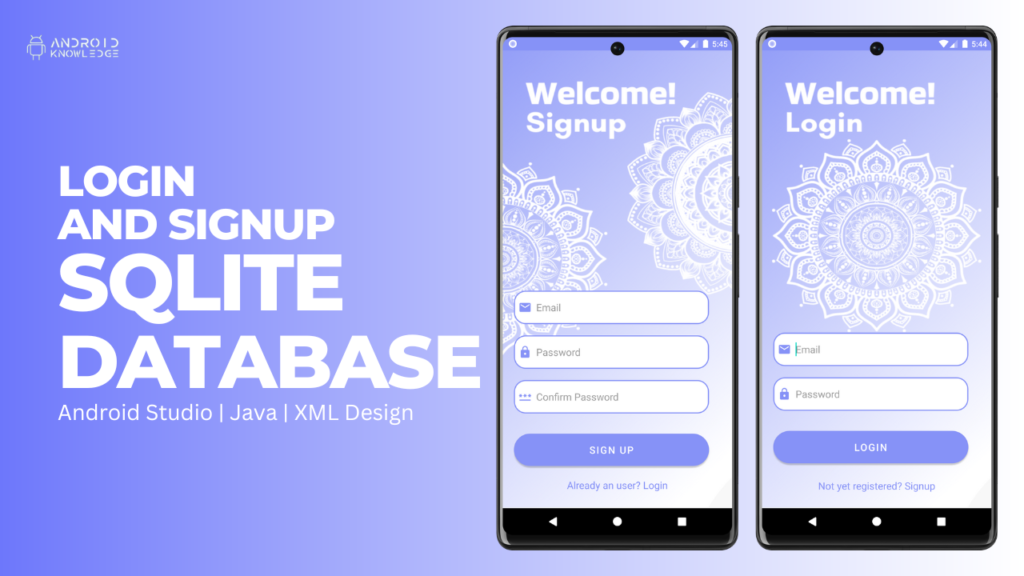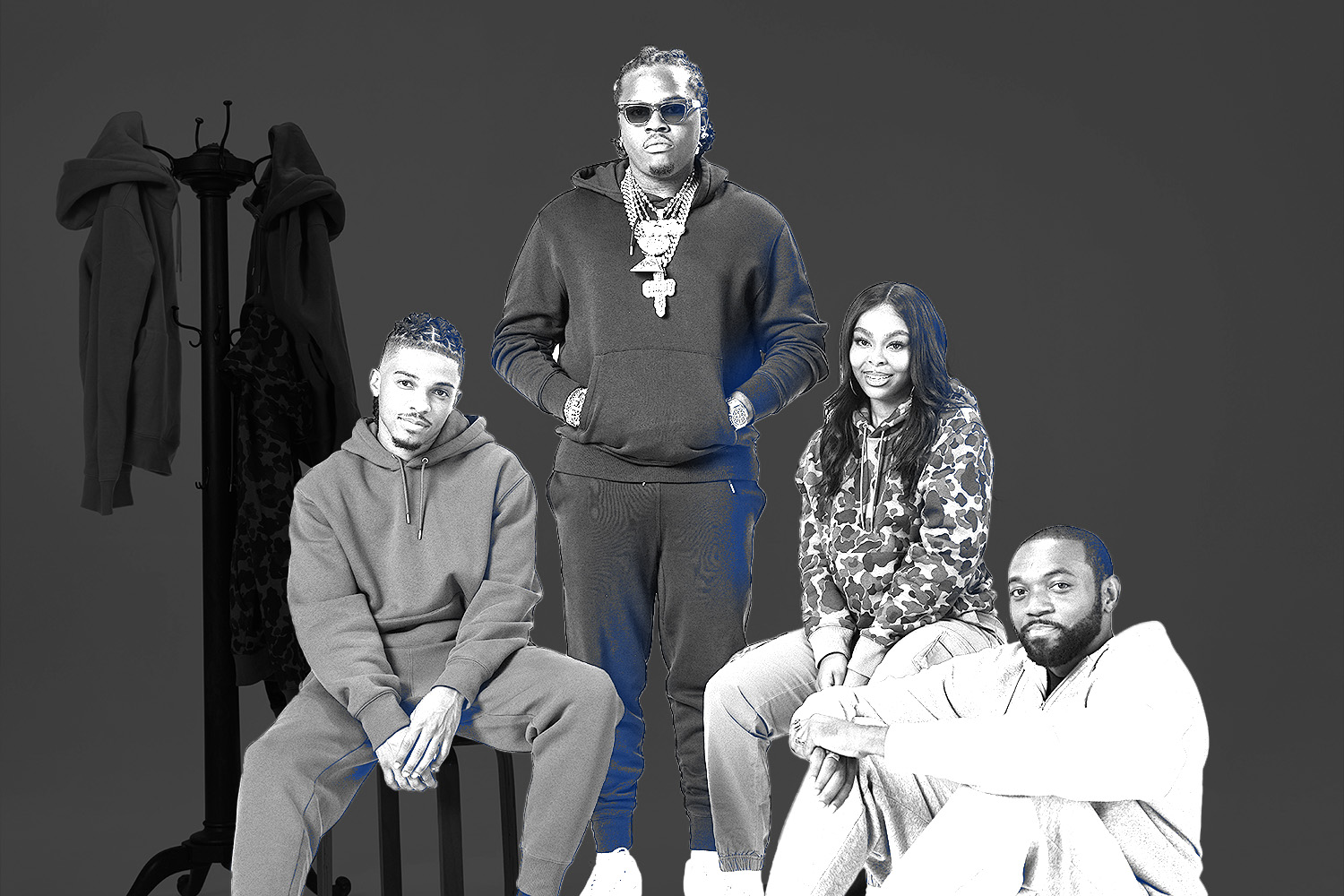The Evolution Of Android Design: A Younger Aesthetic

Table of Contents
From Skeuomorphism to Minimalism
Early Android versions leaned heavily on skeuomorphism, mimicking real-world objects in their digital interfaces. Think of the realistic-looking calendar app or the textured buttons. This approach, while initially intuitive, often resulted in cluttered interfaces. The shift towards minimalism, particularly evident from Android 5.0 Lollipop onwards, prioritized clean lines, flat design elements, and efficient use of whitespace. Compare the busy interface of Android 4.0 Ice Cream Sandwich with the streamlined elegance of Android 13 – the difference is stark.
- Reduced visual clutter: Unnecessary visual elements were removed, focusing on core functionalities.
- Emphasis on functionality: The design prioritizes clear and easy access to essential features.
- Use of whitespace: Strategic use of negative space improves readability and reduces visual fatigue.
- Geometric shapes and clean lines: Simple shapes and consistent typography create a unified and modern look.
This evolution from skeuomorphism to minimalist design represents a significant leap in Android UI evolution, paving the way for a more modern and intuitive user experience. The adoption of flat design principles has been pivotal in achieving this cleaner, younger aesthetic.
The Rise of Vibrant Colors and Dynamic Themes
Modern Android design is defined by its vibrant color palettes and dynamic theming capabilities. Material You, introduced in Android 12, plays a crucial role here, allowing users to personalize their entire interface based on their chosen wallpaper. This level of customization leads to a unique and expressive user experience.
- Increased color palettes: A wider range of colors allows for more expressive and personalized interfaces.
- Thematic consistency across apps: System-wide theming ensures a cohesive and visually appealing experience.
- User-defined color schemes: Users can now tailor the colors of their interface to perfectly match their preferences.
- Improved accessibility through color customization: The ability to adjust colors significantly improves accessibility for users with visual impairments.
The introduction of dynamic themes and sophisticated color palettes isn't just about aesthetics; it's about empowering users to create a truly personal Android experience. This focus on UI personalization is key to the younger aesthetic's appeal.
Improved Animation and Micro-interactions
The subtle animations and micro-interactions found throughout modern Android significantly enhance the user experience. These small, carefully crafted details add a playful and engaging feel, moving beyond purely functional interactions.
- Fluid transitions: Smooth transitions between screens and app elements create a seamless and intuitive flow.
- Subtle animations: Delicate animations provide visual feedback and delight the user.
- Haptic feedback integration: The addition of haptic feedback enhances the tactile experience, adding another layer of engagement.
- Improved responsiveness: Faster and more responsive interactions contribute to a more satisfying user experience.
These UI animations and micro-interactions are not simply decorative; they are integral to shaping a more intuitive and enjoyable UX design, contributing significantly to the overall "younger aesthetic."
The Impact of Emerging Technologies
The influence of emerging technologies like AI and machine learning is shaping the future of Android design. This integration is creating more personalized and adaptive experiences.
- AI-driven personalization: AI algorithms personalize widgets, app layouts, and even suggest features based on user behavior.
- Adaptive UI elements: Interfaces adapt dynamically to different screen sizes and orientations, ensuring optimal usability.
- Predictive features: AI can predict user needs and proactively offer relevant information or suggestions.
- Integration of smart features: Smart features, powered by AI, streamline user workflows and enhance productivity.
These AI-powered advancements represent the cutting edge of Android design, pushing the boundaries of personalization and creating an increasingly intuitive and engaging experience. This integration of AI in Android is a key driver of the evolution towards a younger aesthetic.
Conclusion: Embracing the Younger Aesthetic of Android Design
The evolution of Android design is a journey from functional skeuomorphism to a vibrant, personalized, and highly interactive experience. The key shifts – minimalism, vibrant colors, fluid animations, and the integration of AI – have all contributed to the creation of a younger aesthetic that prioritizes user engagement and personalization. This focus on user experience (UX design) and intuitive UI design has resulted in an operating system that feels fresh, modern, and uniquely tailored to each user. Dive deeper into the evolving world of Android design and experience the younger aesthetic for yourself! Stay ahead of the curve with the latest updates on Android design evolution and embrace the younger aesthetic.

Featured Posts
-
 Foot Locker Celebrates Local Communities This Summer
May 15, 2025
Foot Locker Celebrates Local Communities This Summer
May 15, 2025 -
 Can The Padres Beat The Yankees Predicting A Potential 7 Game Win Streak
May 15, 2025
Can The Padres Beat The Yankees Predicting A Potential 7 Game Win Streak
May 15, 2025 -
 Shohei Ohtanis Touching Home Run Celebration A Teammates Sweet Reason
May 15, 2025
Shohei Ohtanis Touching Home Run Celebration A Teammates Sweet Reason
May 15, 2025 -
 Resilient Padres Overcome Cubs For Hard Fought Win
May 15, 2025
Resilient Padres Overcome Cubs For Hard Fought Win
May 15, 2025 -
 Jimmy Butler Partners With Bigface To Offer Discount To Warriors Employees
May 15, 2025
Jimmy Butler Partners With Bigface To Offer Discount To Warriors Employees
May 15, 2025
